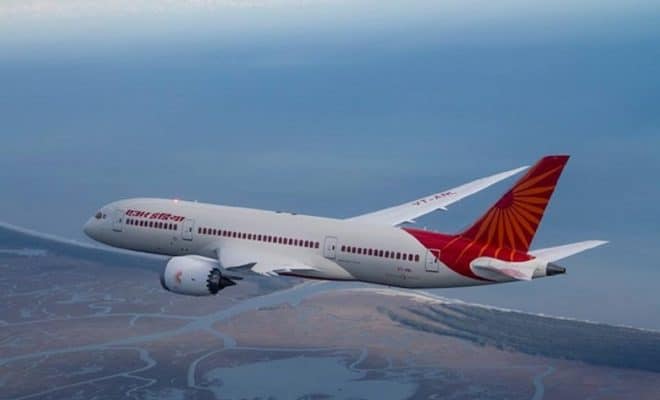Business
Despite Infrastructure Challenges, India’s Domestic Aviation Market Grew Fastest in Five Years: IATA

Representational Image. Picture Courtesy: Bigstock
According to IATA data, air connectivity grew the fastest at 114 percent in the five-year period from 2013-2018.
Despite infrastructure challenges, India’s air connectivity has seen the fastest growth in the last five years and there is “strong growth” ahead in terms of domestic passenger numbers, global airlines’ trade body International Airport Transport Association (IATA) said.
According to IATA chief economist Brian Pearce, India is the fastest growing domestic aviation market in the world and the country registered double-digit growth in the domestic aviation market for the 50th consecutive month in October, PTI reported.
According to IATA data, air connectivity grew the fastest at 114 percent in the five-year period from 2013-2018.
“Many of the markets where connectivity has grown fastest, unsurprisingly are in Asia — India (114 percent), China and Indonesia…,” IATA said in a presentation.
As per the IATA, which is a grouping of around 290 airlines, connectivity is the “extent to which a country is integrated into the global air transport network,” PTI reported.
In recent years, many foreign, as well as Indian carriers, have commenced flights to and from various Indian cities. Pearce told the news agency that domestically Indian air travel will see strong growth ahead but the challenge is with infrastructure and that airports are crowded.
“We need more terminals and runway capacities… We have seen concession (agreements) for many airports leading to large rises in airport charges,” he told PTI.
On steps being taken in India to address the infrastructure issues, he said additional capacity is being put in place and some very good modern airports being built which is a “real positive.”
PTI quoted IATA’s director (global airport infrastructure and fuel) Hemant Mistry as saying that historically airport concessions have suffered from “unduly long and arbitrary concession lengths — these can be for the benefit of the government (higher concession fee) and the concessionaire (longer-term returns). “We have seen many examples of very high concession fees where a large proportion of the gross revenue of the airport is diverted to the government and not necessarily re-invested back into aviation,” he said.

You must be logged in to post a comment Login